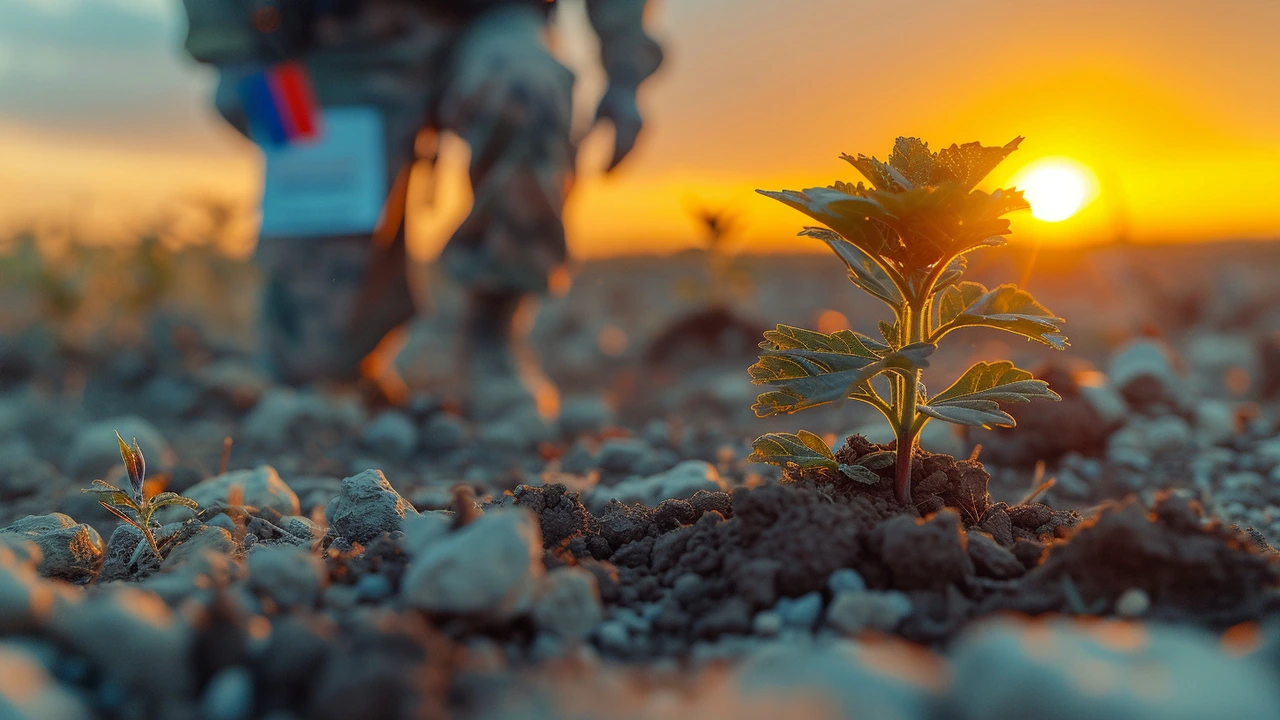Community development isn’t a buzzword — it’s what keeps peace from slipping away after a ceasefire. When people feel safe, have basics like water and schools, and trust local leaders, violence is less likely to return. This page shows clear, practical ways peacekeeping supports everyday life in communities coming out of conflict.
In stable settings, community development means parks, classes, and jobs. In post-conflict places, it looks different and more urgent: rebuilding governance, restoring basic services, and repairing social trust. Peacekeeping teams often focus on quick, visible wins and long-term capacity building. Quick wins show people progress is possible. Long-term work builds local institutions that last.
Typical community development tasks tied to peacekeeping include repairing schools and clinics, restoring water systems, removing mines, supporting local policing reforms, and running dialogue sessions that include youth and women. Each action reduces daily risks and opens space for local leaders to take charge.
Peacekeepers don’t run towns, but they create conditions where development can happen. They do this by: using small, targeted projects to restore trust; training local police forces so civilians feel safer; protecting humanitarian convoys so aid reaches people; and backing elections or local councils to legitimize governance. These are practical steps that help communities move from emergency to recovery.
For example, a quick-impact project might fix a school roof and provide desks. That’s not just a building fix — it gets kids back in class, gives parents a reason to stay, and creates local jobs during repairs. Another example is training community policing teams in de-escalation and human rights, which reduces abuses and builds confidence in law enforcement.
Peacekeeping missions also help coordinate international aid with local plans. When donors, NGOs, and municipal leaders work from the same list of priorities, projects are faster and less wasteful. That coordination often includes mapping who needs help most, setting timelines, and agreeing on measurable results.
Practical steps for community leaders are simple but powerful: organize inclusive town meetings, document urgent needs, partner with NGOs or mission liaisons, start small projects that create jobs, and track results publicly. Small wins build credibility and make it easier to tackle harder problems like land disputes or reintegrating former fighters.
Want to learn more? Browse our tag posts below for case studies, first-hand stories, and strategy guides that show community development in action during peacekeeping missions. Pick a post that matches your interest — whether it’s rebuilding schools, protecting human rights, or supporting local governance — and use those ideas where you work.

Hello! In this article, we'll delve into peacekeeping and why it's all about building bridges, not walls. As we navigate through conflict resolution and community development, we'll witness how it crafts a safer, more harmonious world. Together, we'll explore innovative strategies that embody the essence of peacekeeping, promoting unity and understanding. This is a post you won't want to miss. Stand by for a journey through a world of peacekeeping strategies less trodden by.
